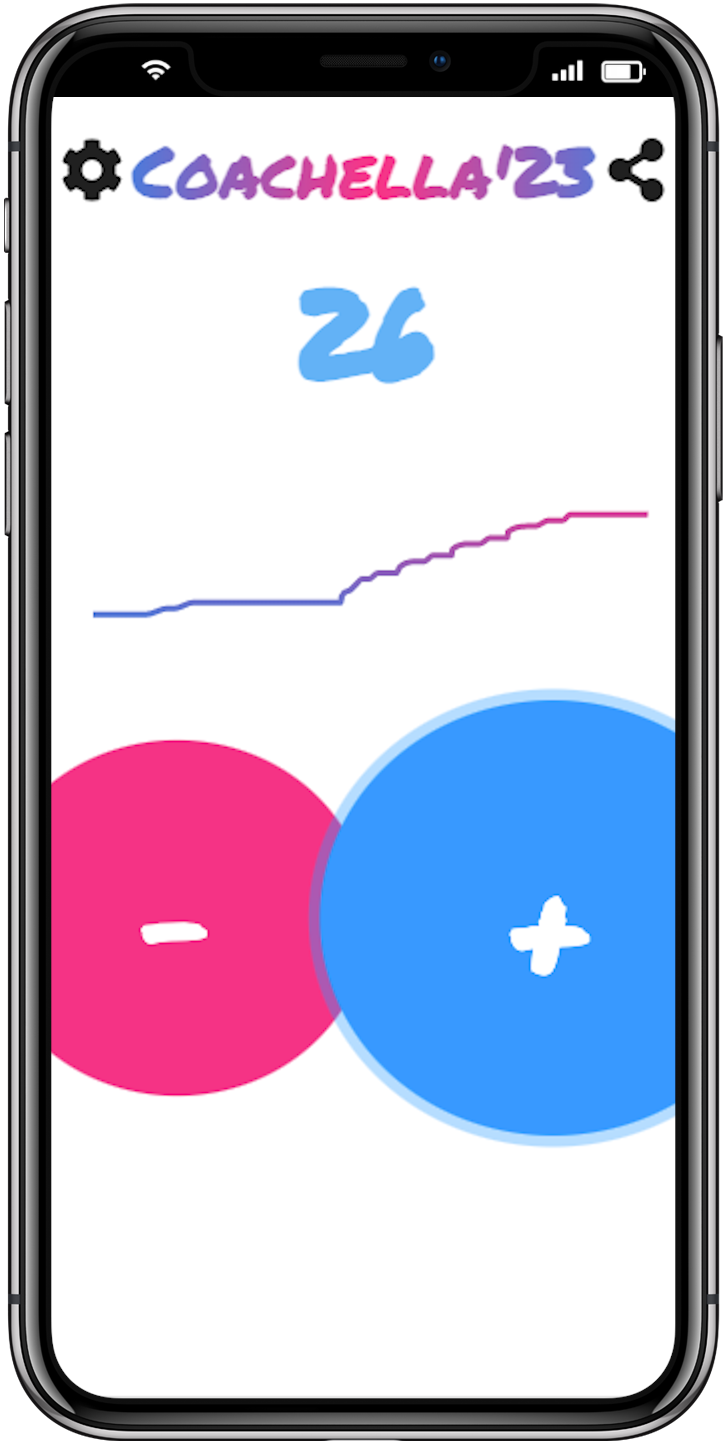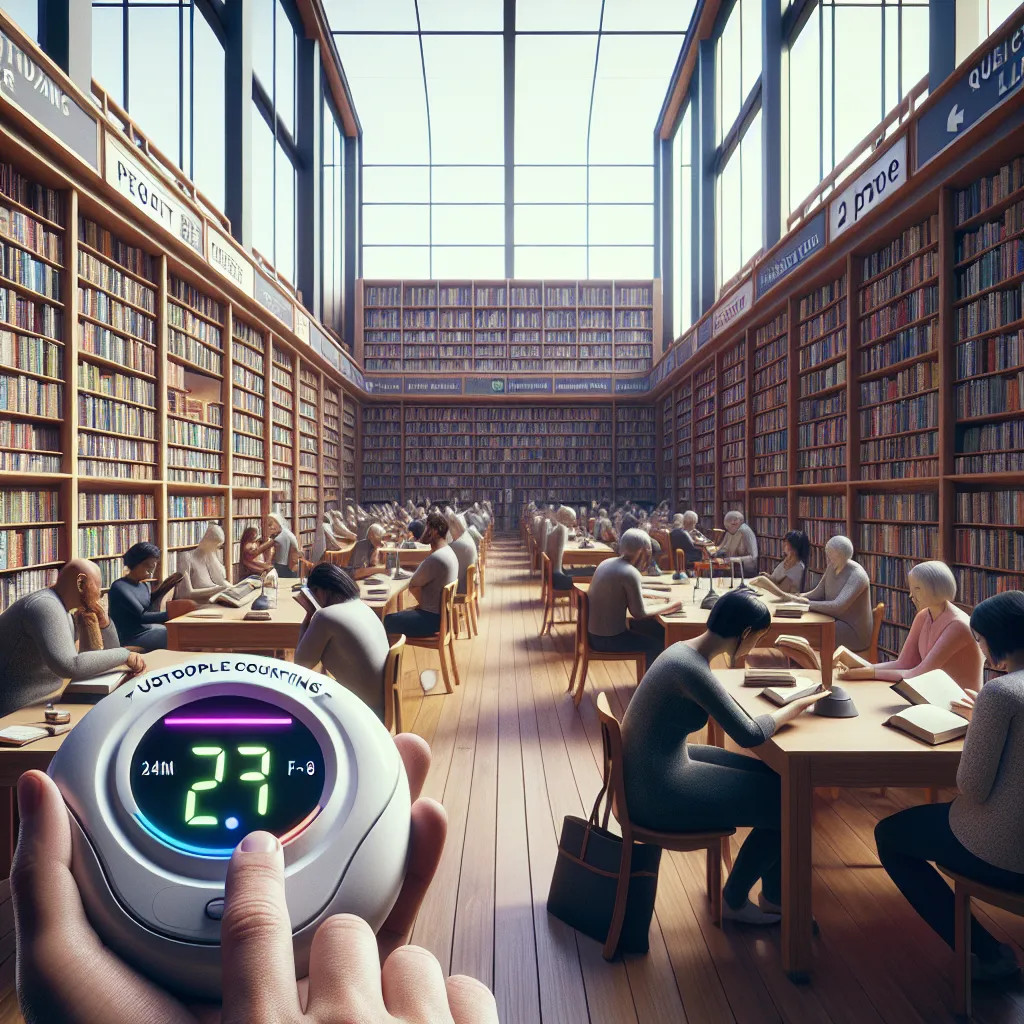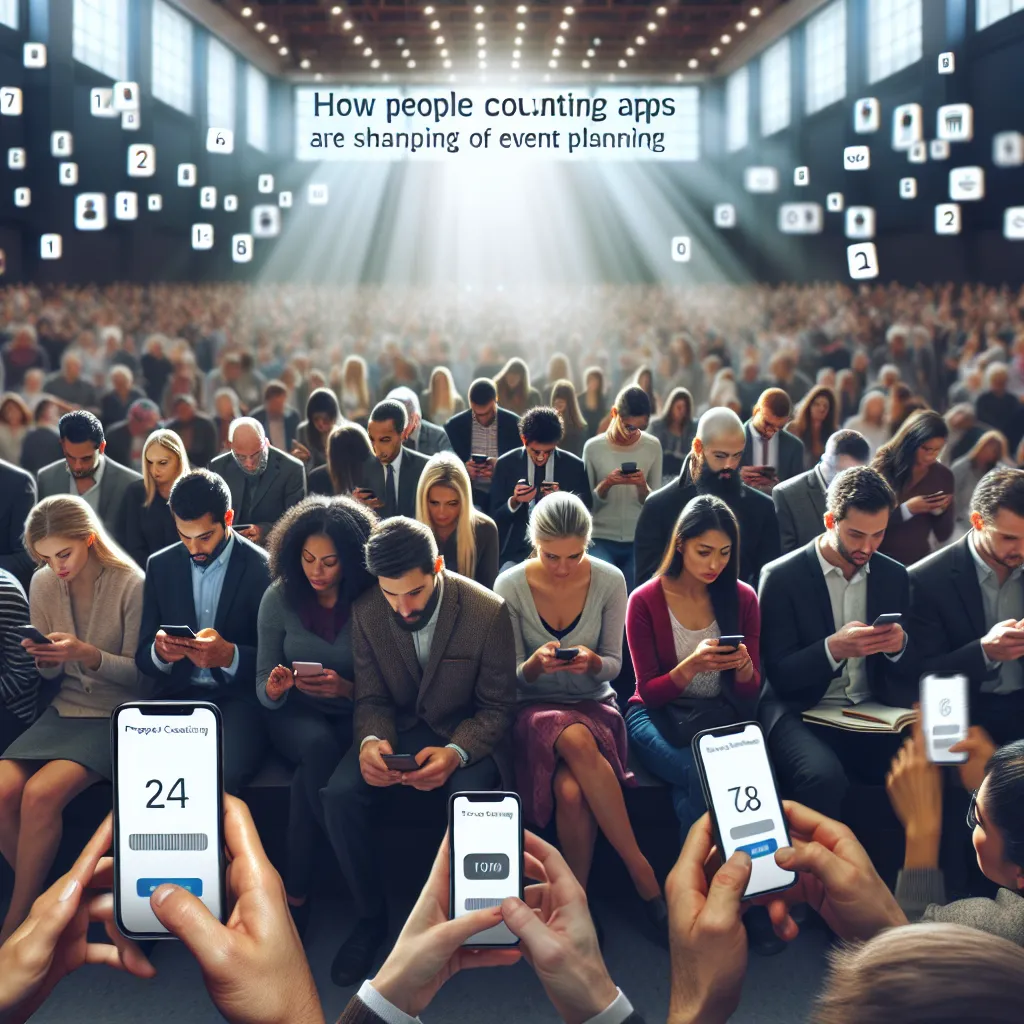Enhancing Library Management Through Real-Time Visitor Count
Introduction
In today’s fast-paced world, efficiency and effectiveness in managing public spaces, including libraries, have become paramount. Library management can significantly benefit from integrating advanced technologies that streamline operations and improve user experiences. One such innovative solution is the real-time visitor count system. This technology offers numerous advantages in optimizing library management, ensuring not only a better allocation of resources but also a more enjoyable environment for visitors.
What is Real-Time Visitor Count?
Real-time visitor count refers to the technology used to track the number of people entering or exiting a facility at any given moment. This system utilizes sensors and digital software to provide accurate, up-to-the-minute data. For libraries, this capability means library management teams can immediately see how many people are using the facility, which areas are most crowded, and what times are peak hours.
Benefits of Real-Time Visitor Count in Libraries
1. Optimized Resource Allocation
By knowing the exact number of visitors at any time, libraries can manage their staff more effectively. During peak times, additional staff can be allocated to busier sections to assist with inquiries, checkouts, and shelving. Conversely, during quieter times, staffing can be reduced to save on operational costs.
2. Enhanced Visitor Experience
Crowding can deter visitors from fully utilizing library services. With real-time data, management can identify patterns and make adjustments to minimize congestion. This could involve rearranging layouts, modifying visiting hours, or even scheduling events during off-peak times.
3. Improved Safety and Security
Real-time counts enable more effective monitoring of library spaces, enhancing security. Knowing the number of people inside the facility at all times helps ensure that safety regulations, especially in scenarios like emergency evacuations, are strictly followed.
4. Data-Driven Decision Making
Accumulated data from visitor counts can be analyzed to make informed decisions regarding library operations. This can include extending or reducing hours of operation based on visitor trends, planning renovations, or expanding certain sections of the library that see more traffic.
Implementing a Real-Time Visitor Count System
Step 1: Choosing the Right Technology
Select a system that integrates seamlessly with existing library infrastructure. Options include infrared sensors, video-based systems, and thermal imaging. Each has its advantages and constraints concerning accuracy and privacy concerns.
Step 2: Installation and Calibration
Proper installation is crucial to ensure accuracy. Sensors should be placed at every entrance and exit. Calibration may involve setting up the system to distinguish between people entering and leaving to avoid double-counting.
Step 3: Integration with Library Management Software
To fully leverage the benefits, integrate the real-time count system with the library’s management software. This integration allows for automated adjustments in resource allocation, enhanced reporting, and better visitor service.
Step 4: Continuous Monitoring and Adjustment
After implementation, continuously monitor the system’s performance and make adjustments as needed. This can involve sensor recalibration, software updates, or even a shift in strategy based on new visitor patterns.
Conclusion
Integrating a real-time visitor count system into library management can revolutionize how libraries operate and serve their communities. It not only ensures optimal use of resources but also enhances the overall visitor experience. As libraries continue to adapt to changing demographics and technologies, real-time data will be invaluable in staying relevant and responsive to the public’s needs.
Embracing such technologies can propel library services into a new era of efficiency and effectiveness, aligning with modern expectations of public service institutions.




